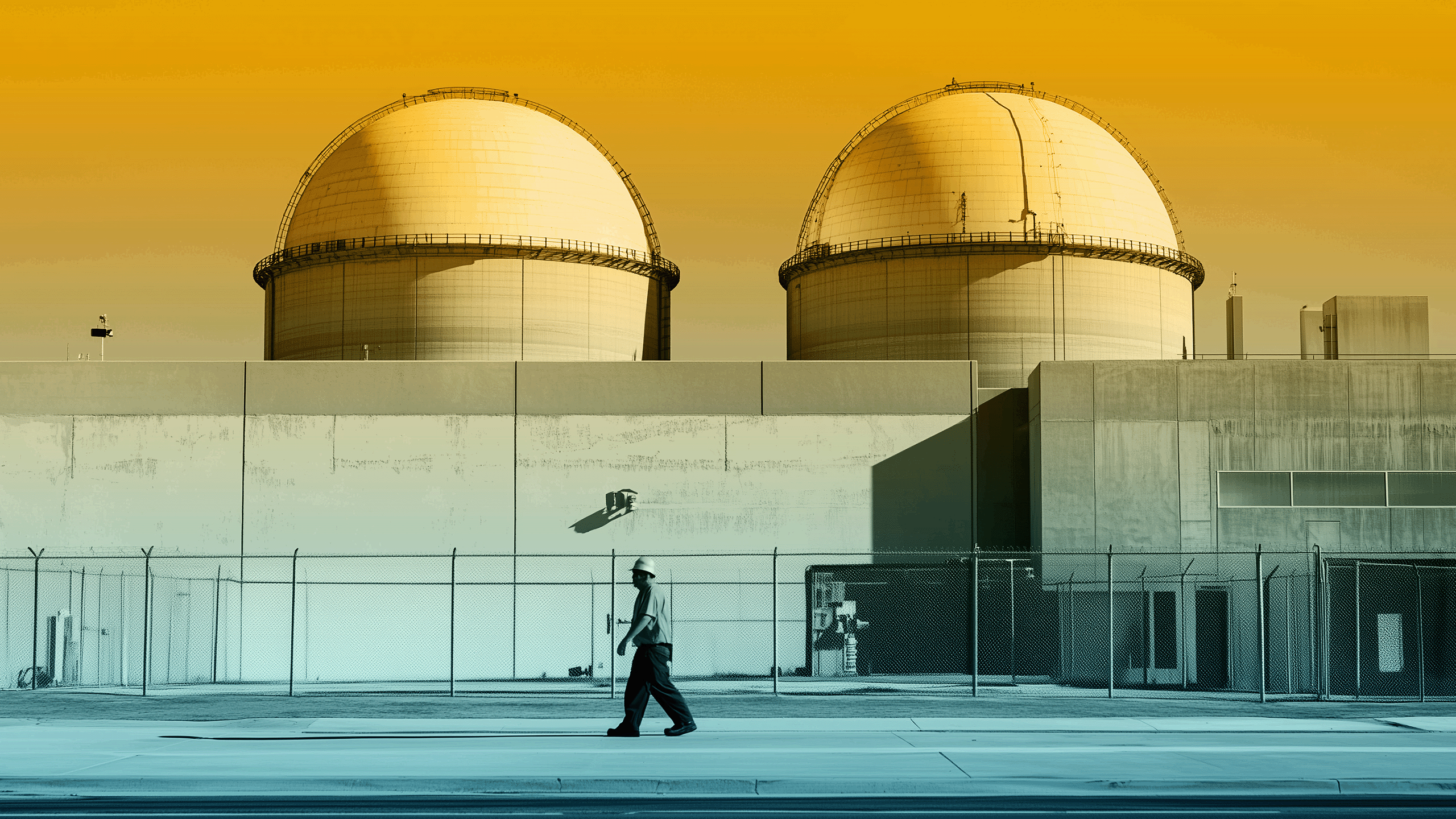Comanche Peak Nuclear Power Plant: Enhancing Energy Security in Texas
As Texas continues to experience rapid growth, the state’s energy demands have reached unprecedented levels. With an ever-expanding population and booming industries, ensuring a reliable and secure energy supply is more critical than ever.
The state’s energy grid has faced significant challenges, from extreme weather events to fluctuations in energy prices, highlighting the need for a diverse and stable energy mix.
Nuclear energy stands out as a key solution in addressing these challenges. Unlike other energy sources that may be subject to price volatility or environmental conditions, nuclear power provides a consistent and reliable output.
The Comanche Peak Nuclear Power Plant, located in Glen Rose, Texas, plays a vital role in meeting the state’s energy needs. As one of the largest power reactors in the United States, Comanche Peak is essential in ensuring Texas’s energy security while contributing to the state’s goals of reducing greenhouse gas emissions.
Overview of Comanche Peak Nuclear Power Plant
The Comanche Peak Nuclear Power Plant is located in the small town of Glen Rose, Texas, approximately 80 miles southwest of Dallas-Fort Worth. Nestled in Somervell County, this plant has been a significant presence in the local community since its inception. It not only provides a substantial portion of the state’s electricity but also offers employment opportunities and economic benefits to the region.
Owned and operated by Luminant Generation, a subsidiary of Vistra, Comanche Peak consists of two operational units: Unit 1 and Unit 2. These reactors are pressurized water reactors (PWRs), which are among the most common types of nuclear reactors used worldwide. Each unit has a generating capacity of approximately 1,200 megawatts (MW), contributing a combined total of around 2,400 MW to the state’s energy grid. This capacity is enough to power nearly 1.5 million homes.
The plant’s strategic location and significant output make it a cornerstone of Texas’s energy infrastructure. By consistently supplying electricity, Comanche Peak helps to stabilize the grid and prevent the kinds of energy shortages that have plagued the state in recent years.
The Role of Nuclear Energy in Texas
Texas is known for its diverse energy mix, which includes natural gas, wind, solar, and nuclear power. While renewable energy sources like wind and solar have seen significant growth in the state, nuclear energy remains a crucial component of the overall strategy due to its reliability and low emissions.
Comanche Peak contributes significantly to the Electric Reliability Council of Texas (ERCOT) grid, which manages the flow of electric power to more than 26 million Texas customers. Unlike renewable energy sources that can be intermittent, nuclear energy provides a steady and reliable supply of electricity. This consistency is particularly important during peak demand periods, such as during extreme weather conditions when energy usage spikes.
In addition to its reliability, nuclear energy is a key player in reducing greenhouse gas emissions in Texas. Nuclear power plants like Comanche Peak emit no carbon dioxide during operation, making them one of the cleanest energy sources available. As Texas continues to pursue its goals of reducing emissions and combating climate change, nuclear energy will play an increasingly important role.
Nuclear energy offers a stable price point compared to natural gas, which is currently the largest source of electricity in Texas. While natural gas prices can fluctuate significantly, affecting electricity prices, nuclear power provides a more predictable cost structure, which can help stabilize energy prices for consumers.
Plant Operations and Safety
Operating a nuclear power plant requires rigorous safety measures and meticulous attention to detail. Comanche Peak’s operations are a testament to the nuclear industry’s commitment to safety and reliability.
Operational Processes
The Comanche Peak Nuclear Plant operates two pressurized water reactors, which use heat generated from nuclear fission to produce steam that drives turbines, generating electricity.
The plant operates continuously, with each reactor capable of producing electricity for 18 to 24 months before needing to be refueled. This long operational cycle is one of the advantages of nuclear power, allowing the plant to provide a constant energy supply with minimal interruptions.
Safety Protocols
Safety is paramount in nuclear plant operations. Comanche Peak adheres to strict safety protocols established by the U.S. Nuclear Regulatory Commission (NRC). These protocols include multiple layers of physical and operational safety measures designed to prevent accidents and protect the plant workers and the surrounding community.
Some of the key safety features include:
- Reactor containment structures. The plant uses robust containment buildings that house the reactors, designed to withstand extreme conditions.
- Redundant safety systems. Multiple backup systems ensure that critical functions, such as cooling the reactor, can continue even in the event of a system failure.
- Regular inspections and maintenance. The plant undergoes regular NRC inspections and routine maintenance to ensure that all systems are functioning correctly.
Community Engagement
Comanche Peak prioritizes transparency and open communication with the local community. The plant hosts public meetings to inform residents about operations, safety measures, and any planned activities, such as maintenance outages. This engagement helps build trust and ensures the community is well-informed about the plant’s role in the region.
Environmental Impact
Nuclear energy is often lauded for its low environmental impact, especially when compared to fossil fuels like coal and natural gas. Comanche Peak Nuclear Power Plant is no exception, offering significant environmental benefits while also presenting certain challenges that must be carefully managed.
Reducing Carbon Footprint
One of the most significant environmental benefits of nuclear energy is its role in reducing the carbon footprint. As a zero-emission energy source, Comanche Peak contributes to Texas’s efforts to lower greenhouse gas emissions. This is particularly important in the context of global climate change, where reducing carbon emissions is crucial to mitigating the effects of rising temperatures.
Comparison with Other Energy Sources
When compared to fossil fuels, nuclear energy has a distinct advantage in terms of emissions. While natural gas is cleaner than coal, it still produces significant amounts of carbon dioxide. In contrast, nuclear power generates electricity without releasing any carbon emissions, making it a cleaner alternative.
Renewable energy sources like wind and solar also offer low emissions, but they face challenges related to intermittency and storage. Nuclear energy complements these renewable sources and helps ensure a stable energy grid, with its ability to provide a constant and reliable power supply,
Nuclear Waste Management
While nuclear energy has clear environmental advantages, it also comes with the challenge of managing nuclear waste. Comanche Peak, like all nuclear facilities, must carefully handle and store spent nuclear fuel. The plant follows strict guidelines set by the NRC for the safe storage of nuclear waste on-site.
The waste is stored in specially designed containers that prevent radiation from escaping and are monitored to ensure safety. Although the long-term storage of nuclear waste remains a topic of ongoing research and debate, Comanche Peak’s management practices are among the most advanced and secure.
The incident at Fukushima in Japan has heightened global awareness of the potential risks associated with nuclear energy. In response, Comanche Peak has implemented additional safety measures and protocols to prevent similar occurrences and ensure that the plant remains safe under all conditions.
Enhancing Energy Security
Energy security is a critical concern for Texas, particularly given the state’s history of power outages and grid instability. Comanche Peak Nuclear Power Plant plays a key role in enhancing this security by providing a reliable and stable source of electricity that is less vulnerable to the fluctuations that can affect other energy sources.
Reliability and Stability
Nuclear power plants like Comanche Peak are designed to operate continuously, providing a steady electricity supply regardless of external conditions. This reliability is crucial during peak demand, such as heatwaves or cold snaps when energy usage can spike dramatically.
Comanche Peak’s ability to operate consistently and at full capacity helps stabilize the grid and reduce the risk of blackouts or brownouts. This reliability is particularly important in Texas, where extreme weather events have tested the limits of the state’s energy infrastructure.
Small Modular Reactors (SMRs) and Future Expansions
Looking to the future, there is significant interest in the potential of small modular reactors (SMRs) to expand nuclear energy capacity.
SMRs are smaller and more flexible than traditional reactors, allowing for more modular and scalable deployment. Comanche Peak is exploring the potential for incorporating SMRs into its operations, which could further enhance the plant’s contribution to Texas’s energy security.
Introducing SMRs could also reduce the cost and complexity of expanding nuclear capacity, making it easier to meet growing energy demands without compromising safety or reliability. X-energy, a leading developer of SMRs, is at the forefront of this innovation, and their technology could play a significant role in future nuclear developments at Comanche Peak and beyond.
Managing Outages and Maintenance
Like all power plants, Comanche Peak requires periodic maintenance and occasional outages for refueling and repairs. However, these activities are carefully planned and scheduled to minimize their impact on the grid. By coordinating maintenance activities during periods of lower demand, the plant ensures that its contribution to the grid remains steady and reliable.
In addition, Comanche Peak has contingency plans in place to quickly address any unexpected issues, further enhancing the overall reliability of Texas’s energy supply.
The Future of Nuclear Energy in Texas
As Texas continues to grow, the energy demand will only increase. Nuclear energy, with its combination of reliability, low emissions, and scalability, will play a vital role in meeting this demand. Comanche Peak Nuclear Power Plant is at the forefront of this effort, and its future looks bright as it continues to innovate and expand.
License Renewal and Long-Term Operation
One of the key priorities for Comanche Peak is securing license renewals that will allow the plant to continue operating for decades to come. The NRC oversees the operating license renewal process, which involves a thorough review of the plant’s safety, environmental impact, and operational performance.
Successful license renewal would ensure that Comanche Peak remains a cornerstone of Texas’s energy infrastructure, providing clean and reliable electricity well into the future. The Department of Energy (DOE) supports these initiatives, recognizing the importance of maintaining and expanding nuclear energy capacity in Texas and across America.
Innovations in Nuclear Technology
The future of nuclear energy in Texas is not just about maintaining current operations — it’s also about embracing new technologies. SMRs, mentioned earlier, are just one example of the innovations that could transform the nuclear industry. Other advancements, such as improved reactor designs and more efficient fuel cycles, could further enhance the safety and efficiency of nuclear power.
Comanche Peak is well-positioned to lead the way in adopting these innovations, ensuring that nuclear energy remains a key part of Texas’s energy strategy. In fact, Washington has shown interest in supporting these technological advancements through policy and funding initiatives aimed at bolstering the U.S. nuclear industry.
Comparisons with Other U.S. Facilities
While Comanche Peak is a critical asset for Texas, it is also part of a broader network of nuclear facilities across the United States. The South Texas Project (STP), located near Bay City, Texas, is another significant nuclear power plant contributing to the state’s energy grid.
By comparing Comanche Peak with other U.S. facilities, it becomes clear that nuclear energy is an essential part of the nation’s energy strategy. As other states and regions look to enhance their energy security, the lessons learned from Comanche Peak’s operations and innovations can serve as a model for future nuclear development.
Securing Texas’s Energy Future with Comanche Peak
In conclusion, the Comanche Peak Nuclear Power Plant is more than just a power generation facility — it is a crucial asset for Texas’s energy security. By providing a reliable, clean, and stable source of electricity, Comanche Peak helps ensure that Texas can meet its growing energy demands while also reducing its carbon footprint.
The ongoing commitment to safety, environmental responsibility, and innovation at Comanche Peak ensures that the plant will continue to play a vital role in Texas’s energy future. As the state looks to the future, nuclear energy, supported by advanced technologies like SMRs, will be essential in securing a stable and sustainable energy supply.
For those looking to take control of their energy costs and ensure a reliable power supply for their homes, consider exploring options with Payless Power. Enroll today to secure affordable and dependable electricity for your household.
What our customers are saying
See why our power customers say we're the best electricity provider in Texas!
I was worried about getting electricity for my home through a prepaid company. I was calling around to see different rates then going through all the hassle of credit checks while dropping points each…
I have been with this company for several years and have been very happy since. Even when I moved, they made my usually stressful situation very easy and carefree. I recommend them to everyone that I…
I have enjoyed the service for 2 years now. In the beginning this service was planned to be temporary but with the service being so effective for me i decided to keep it for the long haul. I’m a happy customer.











